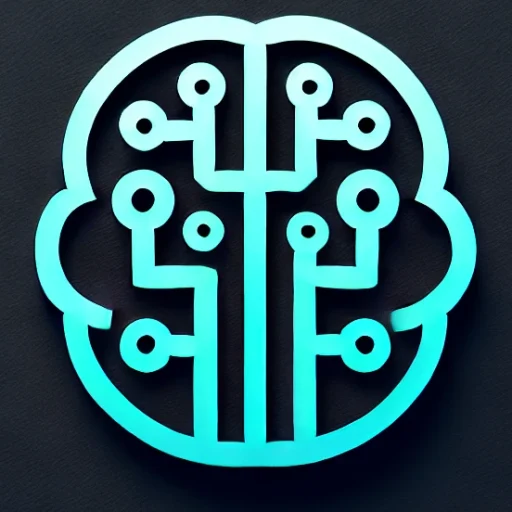
Introduction
The field of Artificial Intelligence (AI) is vast and rapidly evolving, but one area stands out as particularly transformational: Generative AI. This form of AI, which focuses on creating new content ranging from text and graphics to music and video, is not just enhancing how we interact with technology but revolutionizing various industries and societal practices. From OpenAI’s GPT-3 to deepfake technologies and creative AI art tools, Generative AI is taking center stage in the AI and computing landscape.
Key Insights & Latest Advancements
Generative AI has advanced remarkably with the development of sophisticated models like OpenAI’s GPT-3 and the newer GPT-4. These language models can generate human-like text, offer insightful conversations, and even assist in creative writing. Similarly, visual AI technologies such as DALL-E and Stable Diffusion are making waves by generating intricate images from textual descriptions.
The versatility of Generative AI isn’t limited to creating text and images. It extends to music composition, video game development, and even drug discovery. Google’s DeepMind and other research entities are utilizing generative models to simulate complex environments like protein folding, proving critical in scientific research.
Real-World Applications
The applications of Generative AI are extensive and impactful. In the creative industry, AI-driven platforms are enabling artists to enhance and expand their creative processes. Musicians use AI to explore new sonic landscapes, while filmmakers employ AI to streamline video editing and special effects generation.
In business, companies leverage generative models for content creation, personalized marketing strategies, and customer engagement, significantly boosting productivity. The healthcare sector is witnessing AI-driven innovations in drug discovery, patient diagnosis prediction, and personalized treatment plans—all made possible by the generative capabilities of these AI systems.
Challenges & Future Outlook
Despite its potential, Generative AI poses significant challenges. Ethical concerns about deepfakes, misinformation, and intellectual property need urgent addressing. The technology’s ability to produce content that is indistinguishable from human work raises questions about authenticity and trust.
Moreover, the computational resources required to train and deploy these models can be vast, raising concerns over accessibility and the environmental impact of energy usage. Ensuring that Generative AI is used responsibly and sustainably will be a key focus moving forward.
Looking ahead, the future of Generative AI is promising but fraught with challenges. As researchers and technologists continue to refine these technologies, they will likely become more integrated into everyday life, transforming how we create, communicate, and solve complex problems.
Conclusion with Key Takeaways
Generative AI stands as a pivotal force in the current AI landscape, with the power to transform industries and society at large. Its ability to generate human-like text, art, and solutions to complex problems places it at the forefront of AI development. However, with great power comes the responsibility to address ethical, environmental, and accessibility challenges.
As we move forward, the careful and thoughtful integration of Generative AI into various domains will dictate its success and influence. Stakeholders across industries must collaborate to ensure that this transformative technology benefits society as a whole, fostering innovation while safeguarding ethical standards.

